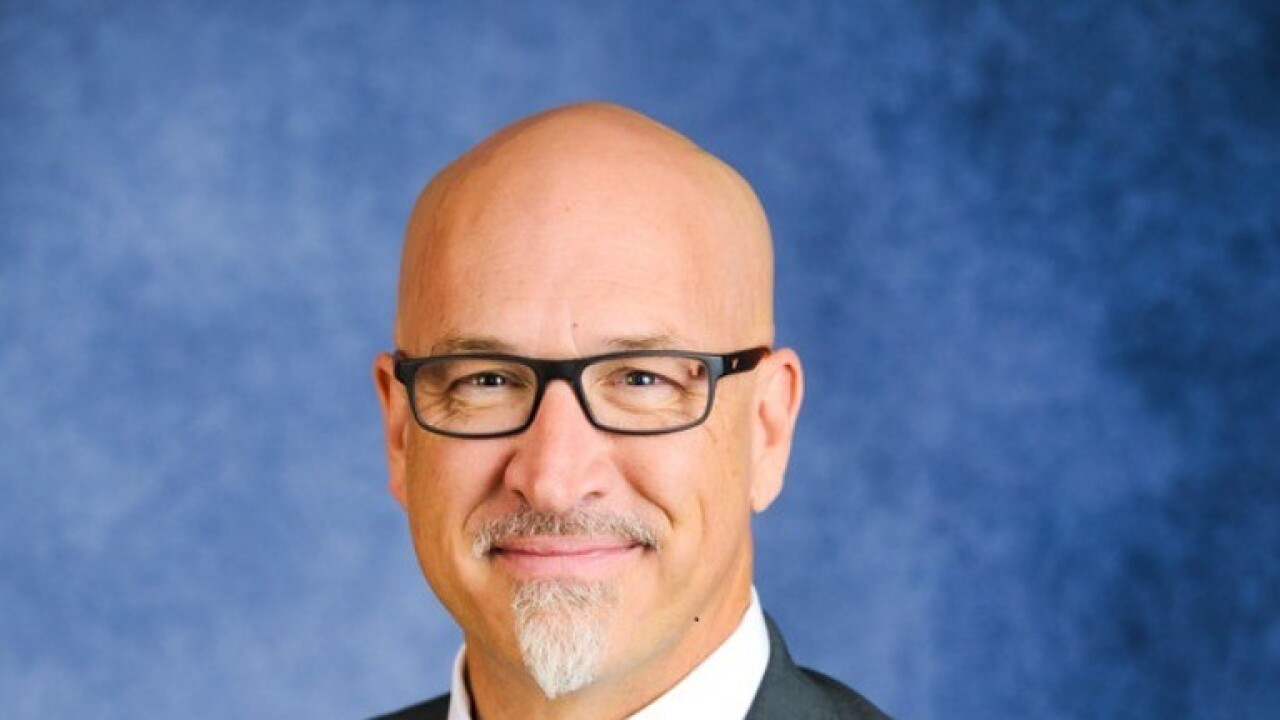The trade industry includes many dangerous responsibilities for workers, which is why
According to a recent study of 174 tradeswomen conducted by The Center for Construction Research and Training, 77% said they had been
"Women are typically built smaller, and the wear and tear from heavier jobs can take a toll on muscles, tendons and ligaments at a higher rate," says Stephanie Gifford, senior manager at manufacturing company Ansell's new safety software solutions platform, Inteliforz. "In addition, women are more likely to be juggling multiple hats, including worker, mother and wife, which makes getting necessary rest breaks challenging."
Read more:
Gifford, who is also an occupational therapist with a background in industrial rehab, recognizes that due to the trade industry being predominantly male, most protective equipment and clothing were never designed to fit women. But that doesn't change the fact that
"Over the last decade, more women have entered the industrial workplace, breaking down the occupational divide," Gifford says. "As this workplace diversity increases, it is essential to find the right protection that women workers will want to wear as well, including properly fitting gloves, masks, and suits to ensure a safer and more enjoyable day at work."
And it's not just the fit and feel of PPE that threatens the safety of women. Women also have other biological needs that make tradework unsustainable without the right support from employers, according to Gifford.
Read more:
"Women are physiologically built differently than men, and may need more stretches, hydration during monthly menstruation cycles and modifications to work tasks during specific times," she says. "For example, women who may be breastfeeding would need to take some precautions to have necessary rest breaks for pumping.."
Because women are typically as underrepresented in tradework managerial roles as they are in the industry as a whole, it's
"Tailoring safety to women in the workplace will improve overall workplace culture immensely," she says. "Workplaces need to embrace differing opinions — that is how we grow personally and professionally."






